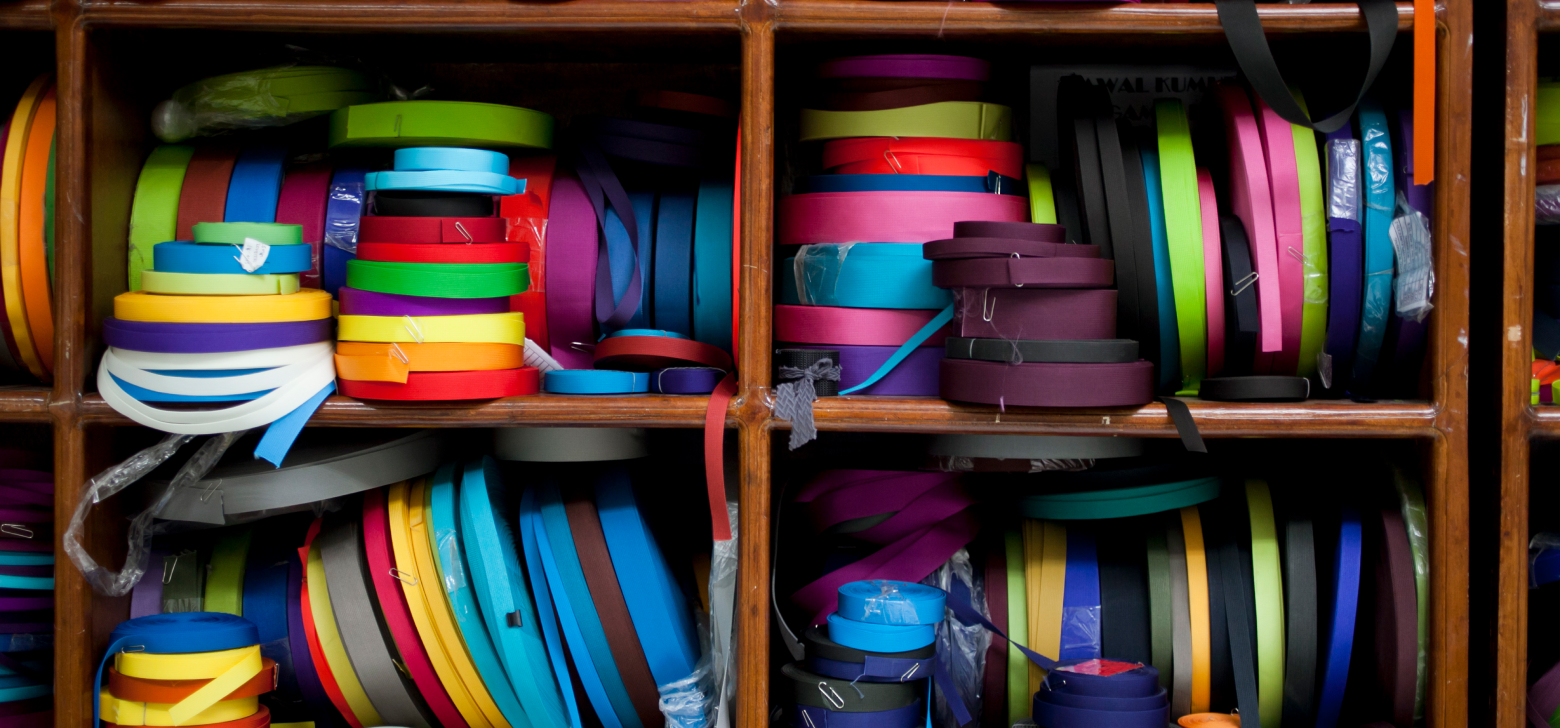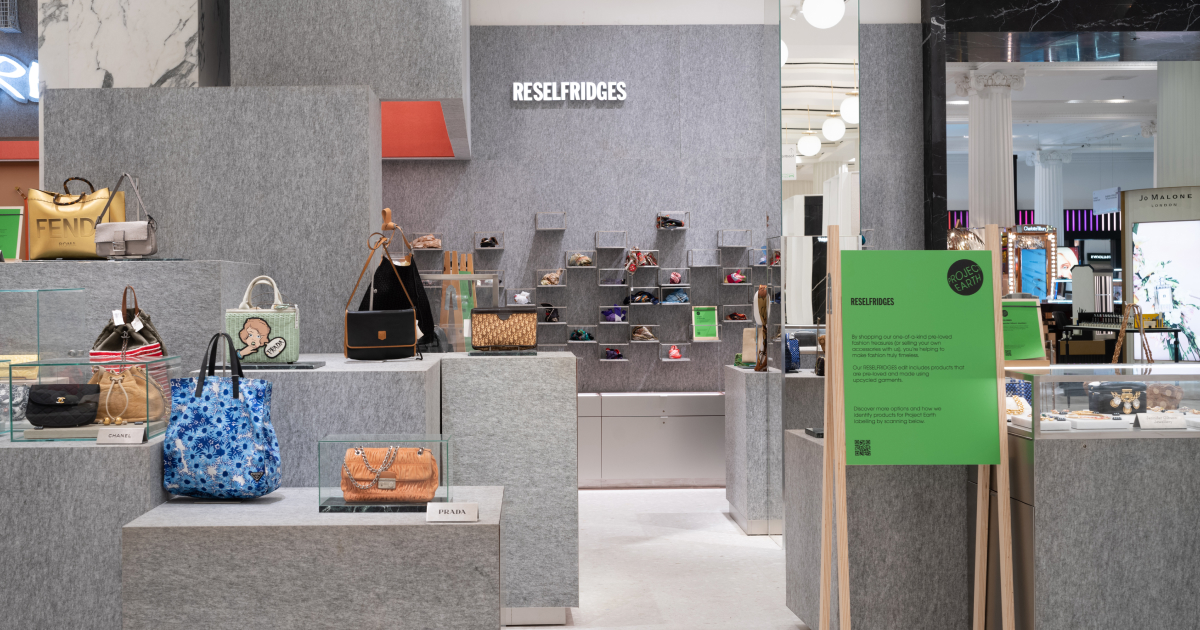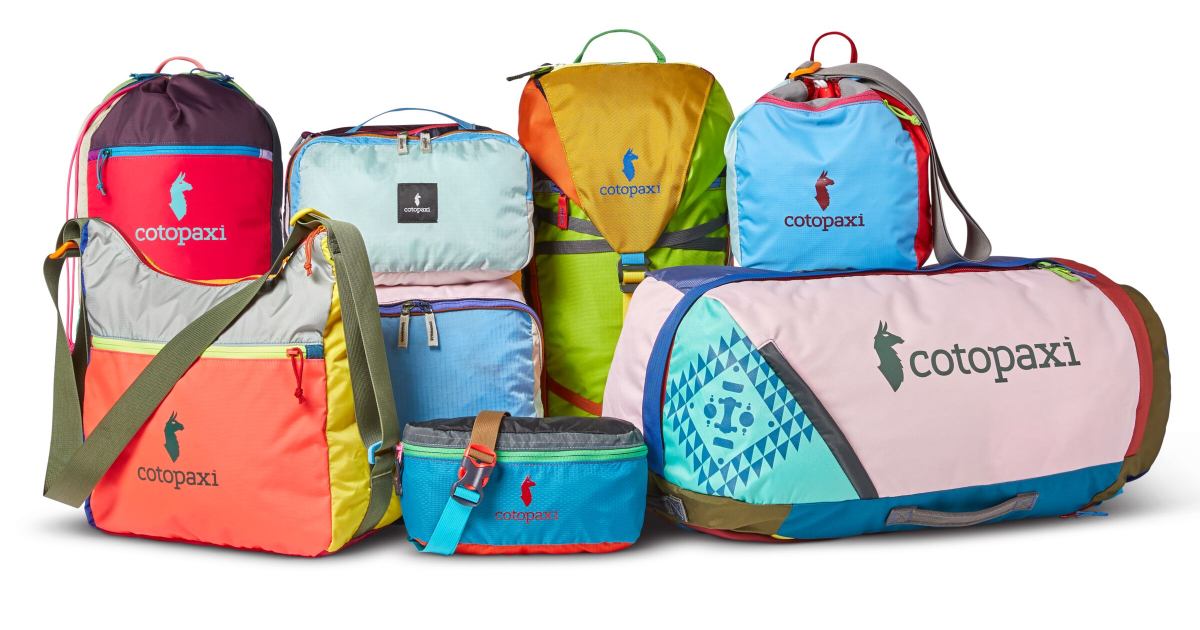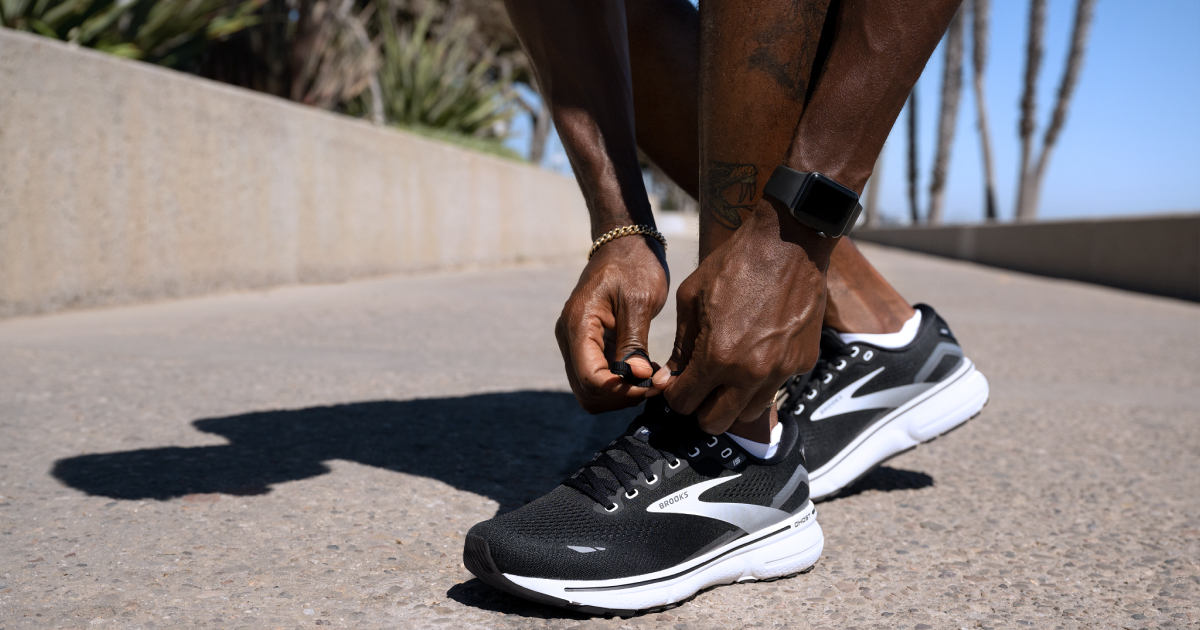That’s a wrap: Another New York Fashion Week concludes today. Over the past seven days, tens of thousands of visitors braved the harsh February temps of the Big Apple and descended upon midtown Manhattan to witness the latest in daring designs and, if they got lucky, maybe even catch a glimpse of Anna Wintour’s signature bob. While these high-end fashion events produce no shortage of headlines—cue musician, Doja Cat, looking like a glamorous sci-fi character at last month’s Paris Fashion Week—we’re most interested in the noteworthy creativity and innovation happening off the runway.
Fashion brands and, more specifically, Climate Pledge signatories in the apparel sector, are finding meaningful ways to reduce the industry’s impact on the environment. A major component of this transition to “responsible fashion” is the adoption of circular business practices like reselling previously worn clothing or repurposing used or remnant materials. Resale allows planet-conscious shoppers to participate in evolving fashion trends and drive emissions reductions without compromising their style—and with a $119B global secondhand apparel market expected to more than double in the next three years, it’s safe to say fashion circularity isn’t just a fad. According to ThredUp’s 2022 Resale Report: “Secondhand is becoming a global phenomenon, expected to grow 127% by 2026. The global secondhand apparel market will grow 3x faster than the global apparel market overall.” If you need further proof, here’s how some of our signatories are incorporating circularity into their business models:





